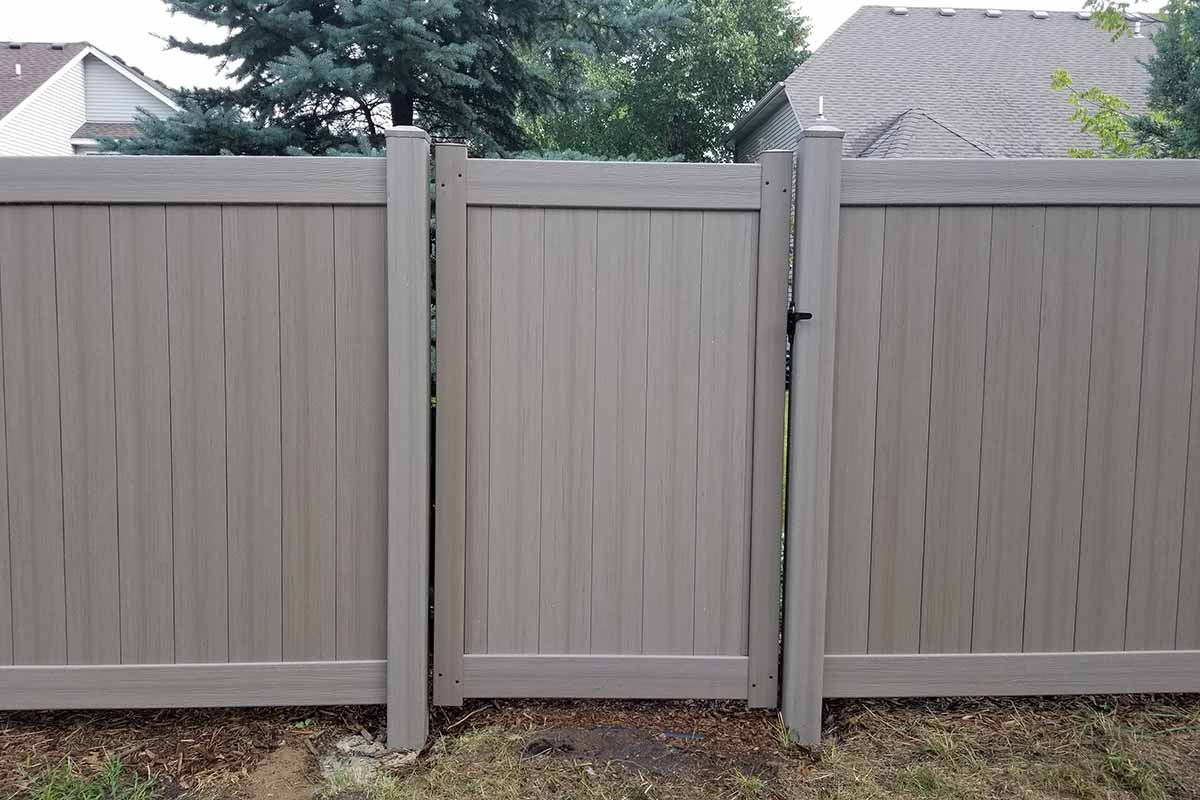How 3D printing could help save Hong Kong’s coral
But these corals are below risk from air pollution and quick urban advancement.
Co-founded in 2020 by maritime biology professor David Baker and PhD college student Vriko Yu, the corporation hopes it can help make corals “more resilient” against local weather change.
Rock bottom
Coral reefs are less than threat from local climate improve and air pollution. In Hong Kong, technological innovation to regrow coral can help “reset the clock,” according to startup archiREEF.
Baker and Yu have been seeking to restore coral at Hoi Ha Wan Maritime Park considering the fact that 2016 in partnership with the Agriculture, Fisheries and Conservation Office (AFCD).
The group desired to create a new “base” for the corals to grow on. Operating with the university’s architecture department, they commenced acquiring an synthetic coral reef utilizing the university’s 3D printing facility.

A cuttlefish dwelling in ArchiREEF’s clay reef tile examination web page in Hoi Ha Wan Maritime Park, Hong Kong.
Vriko Yu
At the time placed in the water, the crew attach little one corals to the tile with non-toxic glue. The condition of the tile can help the corals increase upwards, attracting marine lifestyle that make their houses in the reefs.
Far more than 130 of these tiles had been installed on the seabed in Hoi Ha Wan Marine Park in the summer of 2020, and archiREEF was born.
Commercializing restoration
The 3D-printed tiles are just a person little component of archiREEF’s organization design. Soon after partaking company clientele and governments to sponsor a restoration venture, archiREEF will detect a site for restoration, put in the reef tiles, and keep on to handle the web site for up to 5 several years, monitoring the expansion and the biodiversity of the reef.
Common artificial reefs, these types of as submerged concrete structures, often switch the operate of the coral as a habitat for marine lifetime, suggests Yu, whilst archiREEF desires to offer a “basis” for the coral to increase on. At some point, the coral will be potent plenty of to aid itself without the need of the tile — which can then be shattered by divers, or will the natural way erode.

A diver positioning a 3D-printed terracotta tile on the sea floor.
CNN
An ‘innovative’ solution
Even so, Chui also adds that men and women want to be “sensible” about restoration and think about the price tag and accessibility of technology. Locations like Hong Kong also have to have more knowledge on the efficacy of conservation efforts just before it can be scaled in a meaningful way, she claims, incorporating: “Restoration need to be the past resort we should really guard just before we restore.”
Conservation for all people
Rescuing these reefs can support maintain the planet’s underwater ecosystems, this sort of as seagrass meadows, which benefit from coral reefs, and are critical carbon retailers.

Fossil evidence details to corals residing in Hong Kong for countless numbers of many years.
Phil Thompson
ArchiREEF nonetheless has a way to go ahead of scaling up. The team will observe the examination web site in Hoi Ha Wan for at least yet another two years to make sure the corals continue on to prosper and endure all-natural disasters, these kinds of as typhoons. However, Yu states the final results at the test web site so significantly are promising: in the 1st 6 months of observations, 4 moments far more coral has survived on the clay tiles in comparison to regular artificial reefs.
When archiREEF’s focus is at this time on federal government and large corporate consumers, it hopes to 1 working day engage persons in its jobs, way too.
“Restoration is currently restricted to conservation scientists,” Yu says. “But if we are speaking about stakeholders, it truly is everyone.”



